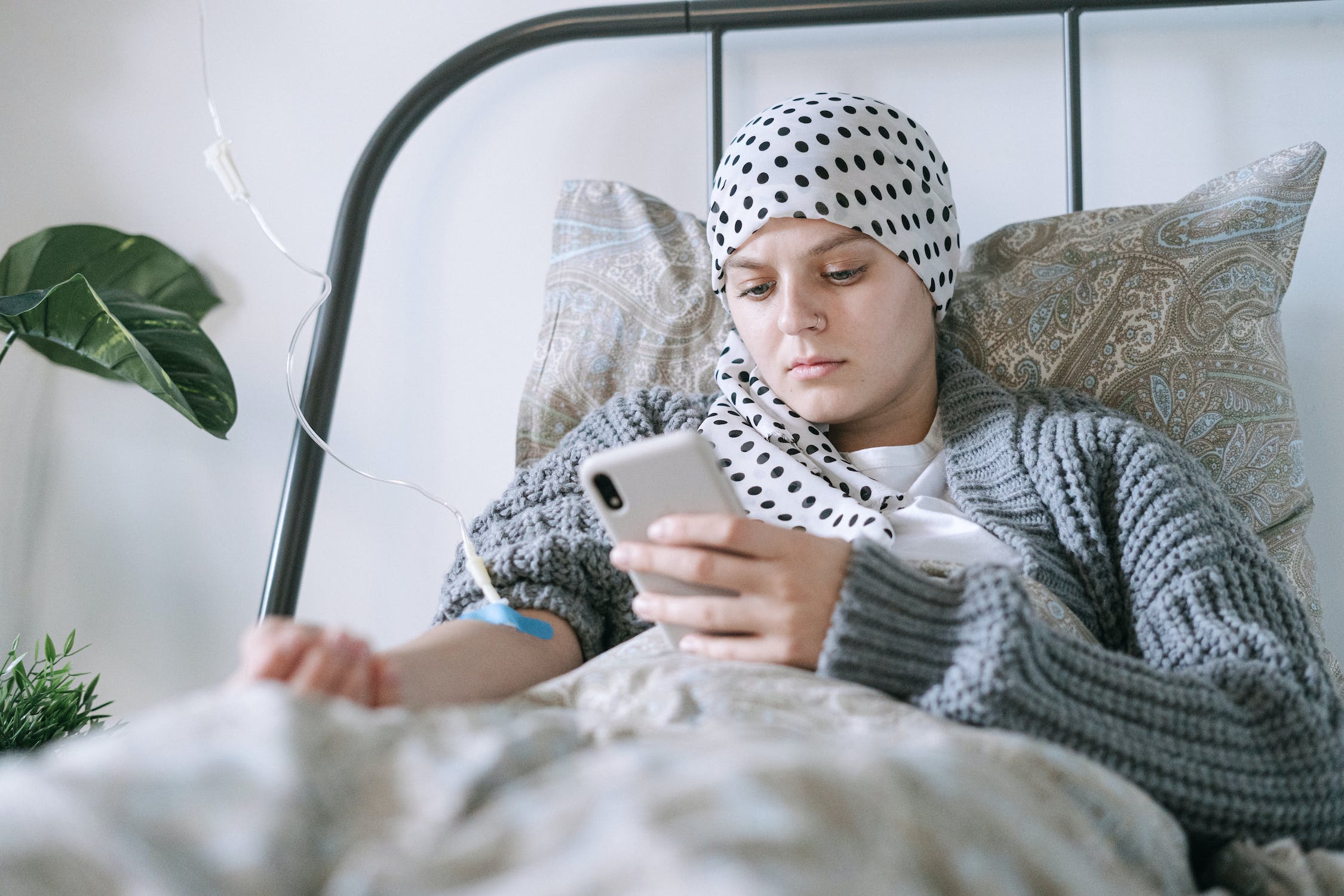Canada News
Finding community online after finding a lump: Social media and younger adults with cancer

Incidence of breast cancer continues to increase among these younger women, though scientists do not yet understand why. (Pexels photo)
October marks Breast Cancer Awareness Month. The Canadian Cancer Society estimates that one in eight women will contract breast cancer in their lifetime, making it the most common cancer among Canadian women.
It is also the most commonly diagnosed cancer in women under 40 years old. Incidence of breast cancer continues to increase among these younger women, though scientists do not yet understand why.
Young women (and men) with breast cancer face unique challenges, such as disruptions to career or family plans, greater likelihood of more aggressive cancers and a lifetime of fears of recurrence. Further, many targeted supports (like support groups and resources) are not always available or accessible for younger people. Research suggests that supports are more likely to be provided to meet the needs of the majority of people with cancer who are older.
This was made worse during the COVID-19 pandemic. During this time, access to health-care services of all kinds changed, as did cancer care and support. As a result of pandemic restrictions, many face-to face appointments and support groups offered through local and regional organizations were paused or at best moved online.
These changes to cancer care and support made sense in the context of a virus that poses a major threat to immunocompromised people with cancer. But this move also left many feeling even more isolated, at a time when their diagnosis already brought feelings of loneliness. This in turn has led to depression for some people navigating cancer.
Cancer in younger patients
The authors of this article are both women under age 45 who have experienced a cancer diagnosis. Now we study cancer, its unique impacts on young people and the ways young people can be better supported during and beyond treatment.
In both our research work and our personal experiences, we’ve recognized the tremendous potential for digital communication technologies like social media and instant messaging to connect younger cancer patients to one another, and provide information, emotional support and, crucially, hope during difficult times.
Research with young adults with cancer highlights the benefits of social media to offer support specific to adolescents and young adults. And through talking with younger adults and organizations that serve them (such as Young Adult Cancer Canada), researchers are learning that digital communication tools have been essential for their emotional and mental support needs, particularly during the pandemic.
Younger adults have shared that the communities they find on social media sites like Instagram or TikTok can help them to feel less alone. They often feel out of place navigating cancer care, where they are often a generation younger than the others they see around them at appointments or support programs.
Digital technologies can offer a community of people at the same life stages. When younger people with cancer find community online they also find others who have the same concerns about having children, interrupting their careers, or managing young families during the course of their illness.
Digital communities
Digital technologies make these kinds of communities possible because they allow people to connect across geographical boundaries. There might be only one other person your age with cancer in your city or town, and you might never run into them if your treatment appointments don’t line up. But online you can connect with others from around the world, meaning that even people with rare cancers can find one another.
However, not all online tools are created equal. In a soon to be published study, which was recently presented at the 2022 Social Media and Society annual conference, Hodson, one of the authors of this article, learned that Facebook and Twitter are viewed as more negative than Instagram or TikTok, which offer more hopeful and positive depictions of cancer. And different platforms also attract different users. Facebook tends to attract gen X users, whereas Instagram and TikTok skew to gen Y and Z — data that needs to be taken into account when providing digital support to people with cancer, and particularly younger people.
Of course, social media also presents challenges for people experiencing a cancer diagnosis. Alarmingly, they are a growing source of misinformation. And if misinformation leads to people with cancer rejecting conventional treatments, it can result in deadly outcomes.
In Hodson’s study, participants also indicated that they sometimes experienced harassment or trolling when discussing their disease on online platforms. This results in a less safe space for people with cancer when they are at their most vulnerable, and can prevent some people with cancer from benefiting from these valuable connection tools.
Digital communication technologies are an invaluable resource for young people who experience a cancer diagnosis and are living with cancer, but right now most of these groups are created on the fly, are independent and are not moderated. This means that not everyone who needs them has access to them, and when people do use social media to connect with others, they’re exposed to such problems as misinformation and online bullying.
We recommend that health-care institutions and policy-makers alike consider ways to build out communities on popular social media platforms for younger people with cancer to ensure everyone can connect. We encourage social media platforms to create moderation policies and procedures that allow young people experiencing cancer to connect safely.
This October, we call on social media companies to think beyond pink, and provide spaces for all young people with cancer to connect with each other in safe, inclusive and supportive ways.![]()
This article is republished from The Conversation under a Creative Commons license. Read the original article.





















